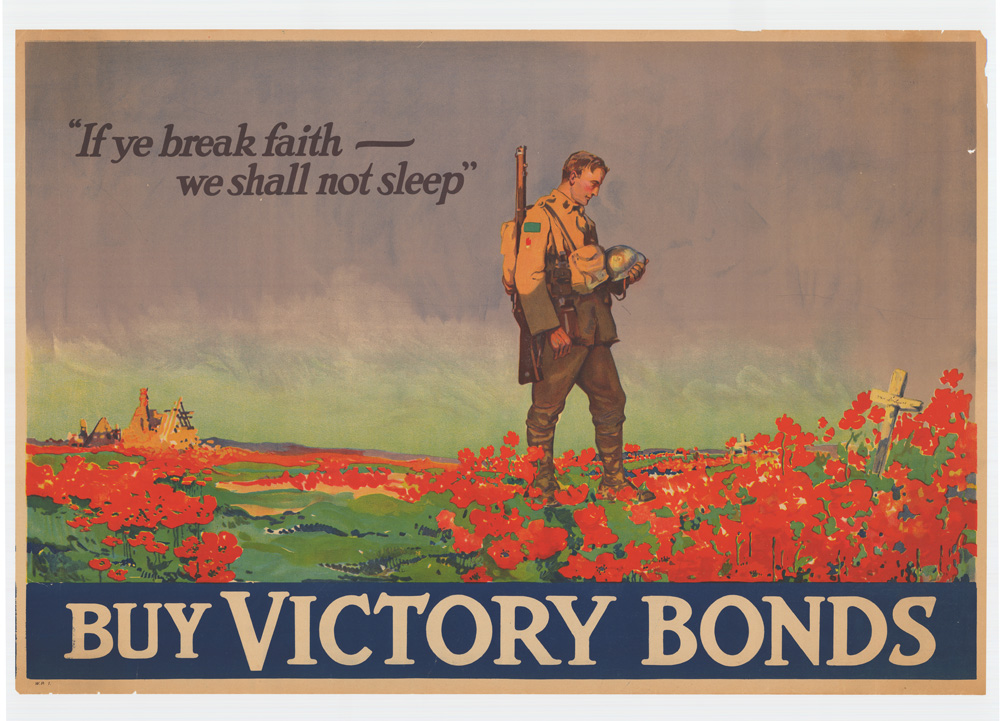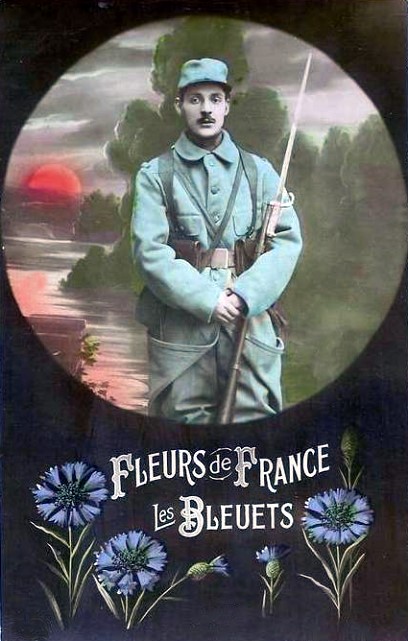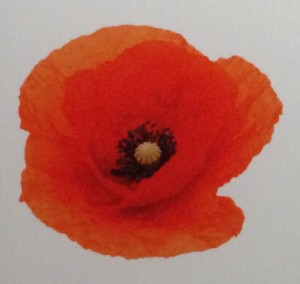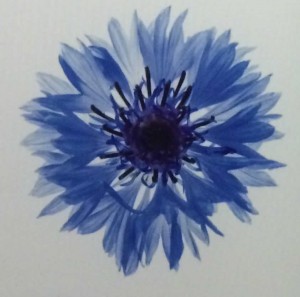THE FLOWERS OF REMEMBRANCE
In Flanders Fields
In Flanders fields the poppies blow
Between the crosses, row on row,
That mark our place; and in the sky
The larks, still bravely singing, fly
Scarce heard amid the guns below.
We are the Dead. Short days ago
We lived, felt dawn, saw sunset glow,
Loved and were loved, and now we lie
In Flanders fields.
Take up our quarrel with the foe:
To you from failing hands we throw
The torch; be yours to hold it high.
If ye break faith with us who die
We shall not sleep, though poppies grow
In Flanders fields.
In early May 1915 Canadian Major John McCrae, a field surgeon in the Canadian artillery found himself in charge of a field hospital during the Second Battle of Ypres where he noticed the vibrant red poppies growing in the disturbed ground where the dead had been hastily buried around his artillery position. Both this imagery and his grief at the death of his friend and former student, Lt. Alexis Helmer inspired the poem (right) which contains some of the most famous lines ever written about the Great War.
Inspired by the poem an American woman, Moina Michael sold the first of what she referred to as the “Flanders Fields Memorial Poppy” in November 1918. The idea was then taken up by a Frenchwoman Madame Anna Guerin, know as “The French Poppy Lady“, who encouraged people to use the red Flanders’ poppy as a way of remembering those who had suffered in war.
In 1921 she persuaded Field Marshal Earl Douglas Haig, the first chairman of the newly founded British Legion, to adopt the poppy as the symbol of the Legion.
The first Poppy Day Appeal was launched that year with the money raised given to ex-servicemen in need of welfare and financial support.
In France instead of the Poppy it was the cornflower that became the symbol of remembrance – the “Bleuet”- began to be associated with remembering the anciens combattants in about 1916. The French soldiers were referred to as les bleuets because of the ‘horizon blue’ (grey/blue) uniforms they wore, so the flower of the same name was used to remember them.
The organisation in France is the Office National des Anciens Combottants or ONAC and operates in much the same way as the British Legion. The Bleuet is still used today in France as a symbol of remembrance.










You must be logged in to post a comment.